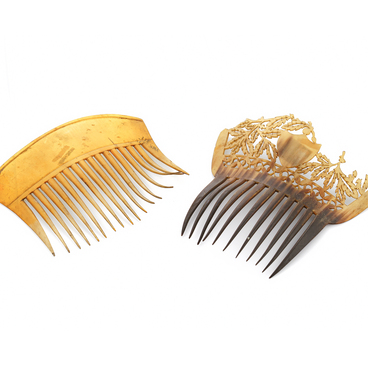Nowadays, mirrors are everywhere. They can be found in almost every home. However, as an interior feature and a type of furniture, mirrors gained popularity in France only in the 17th century. By the 18th century, new types of mirrors had appeared, including the psyche mirror, which became extremely popular.
A psyche mirror is an old-style mirror with a rectangular or oval frame. The mirror is mounted on hinges using special rods, which allows the user to adjust the incline and see their reflection from different angles. In Russia, psyche mirrors achieved popularity in the early 19th century thanks to the German cabinetmaker Heinrich Daniel Gambs. For several decades, his psyche mirrors remained unrivaled, eventually becoming a traditional element of interior décor.
The Lipetsk Regional Museum of Local Lore houses a psyche mirror that consists of two posts connected by a crossbeam. The inclinable rectangular mirror in a carved wooden frame is fixed between the posts. The frame has a figured broken pediment, decorated with profiles and carved scrolls. The mirror is framed with beading with small carving elements. The bottom of the frame is also decorated with a similar carved design. The side posts consist of two legs, a cabinet with shelves, and vertical carved décor designed in the Rococo style of the second half of the 19th century. The front panels have mirror insets. There is a brass candleholder on both cabinets in front of the mirrors. The crossbeam between the posts is decorated with rocaille carving of the second half of the 19th century. Such a mirror could be a valuable item of design in any interior. Its wooden frame is a true work of art, and the large mirror surface expanded the room and filled it with more light. At night, the flames from candles mounted in the candleholders on either side were reflected in the mirror, creating a beautiful effect.




